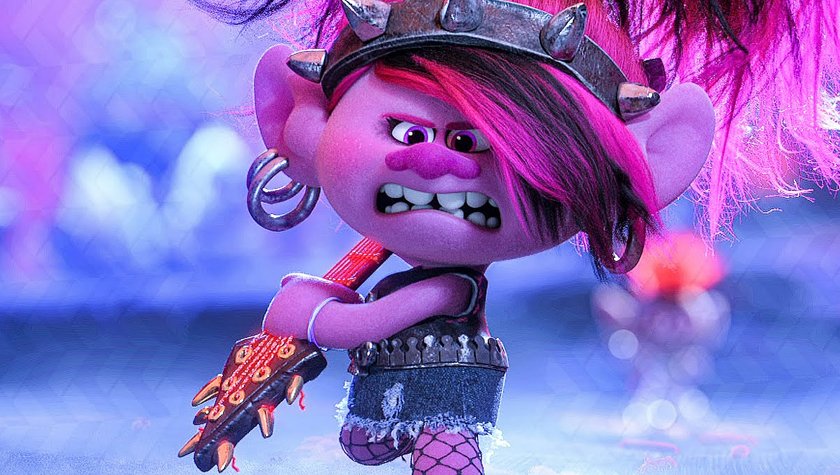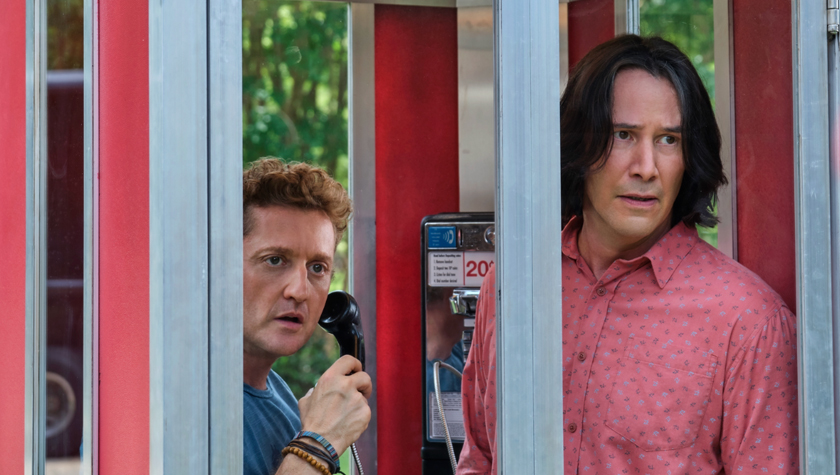The Weekend Movie Takeaway: ‘Mulan’ and ‘Tenet’ Among Highlights
September 9, 2020
After six months of uncertainty surrounding cinema-going in America, the past week or so has seen a couple of key developments that say a lot about the degree to which COVID-19 has upended the business of telling stories on the big screen.
First, Christopher Nolan's new film Tenet finally opened in American theaters, a couple of weeks following its international rollout.
The film is narratively significant for being a rare big budget blockbuster that isn't based on any existing intellectual property; i.e., it's not an adaptation, sequel, or remake. That such an endeavor is so rare says a lot about where modern mainstream movie storytelling is at in itself, but it also speaks to the power of writer-director Nolan (Dunkirk, Inception, The Dark Knight trilogy), whose singular status as a blockbuster storyteller means he is pretty much the only filmmaker around who could mount such a movie without the marketing boost of familiarity behind it.
Nolan's vocal advocacy for the theater-going experience, along with the high public interest in whatever he does, led to hopes that Tenet would be the film to bring everyone back to cinemas after the pandemic brought the theatrical experience to a grinding halt. Release dates were scheduled and re-scheduled, but as the crisis dragged on, Warner Bros. and Nolan eventually accepted that a planned wide American theatrical rollout wasn't going to happen.
So Tenet has been released, but not in major markets such as Los Angeles and New York, where cinemas remain closed. This makes the film's box office success almost impossible to assess, as no equivalent circumstances exist against which to compare it.
Although international audiences appear to be flocking to the film, the lack of contextualized American box office figures must be frustrating to all involved. While international box office numbers have played a larger and larger role in the perceived success of mainstream Hollywood films over the last three decades, current circumstances may end up marking a turning point for the notion that Stateside figures are the end-all be-all for judging a film's popularity.
And that’s just one of the many ways the COVID crisis is accelerating and calcifying existing trends in the market for the consumption of popular narrative.
Another trend—the turn towards Premium Video On Demand—is exemplified in Mulan, Disney's latest live-action adaptation release of one of their popular animated films.
Mulan was one of the first big films to get derailed by the COVID shutdown. It had completed all its press duties and even had a premiere, before its wide release was indefinitely delayed in March when the seriousness of the pandemic became fully apparent.
After months of speculation, Disney announced that the film would premiere on its Disney+ streaming platform, but unlike other pivoted releases such as Hamilton, viewers would have to pay extra to get access to Mulan.
It debuted over the long weekend on the platform, and many exhibitors (especially those overseas) and filmgoers have expressed disappointment at not being able to experience the epic-scaled film on the big screen.
Although Mulan is not the first film to pivot from a theatrical release to PVOD due to COVID, it's the biggest movie to have done so. Like the release of Tenet, the Mulan situation is unique to the point where it becomes difficult to assess the success of the movie, although many are speculating that it can only end up costing Disney money.
It's a situation that paradoxically seems to have furthered the notion that everything is moving towards PVOD releases, while also highlighting the economic downside of such a shift. Both outcomes have big implications for the business of storytelling.
It will also be extremely interesting to see how Disney ends up characterizing Mulan’s economic success - a notion that highlights how in the streaming era, the services themselves play a much larger role in articulating the fortunes of any individual movie, as opposed to the prevailing measure of publicly available box office numbers.
Written by: Dominic Corry
Dominic Corry is a Los Angeles-based film critic, writer, journalist and broadcaster. Raised in New Zealand, he is also the West Coast editor of Letterboxd, the social network for movie lovers. For more of his film writing, see his website www.TheGoodInMovies.com- Topics:
- Discussing TV & Film




